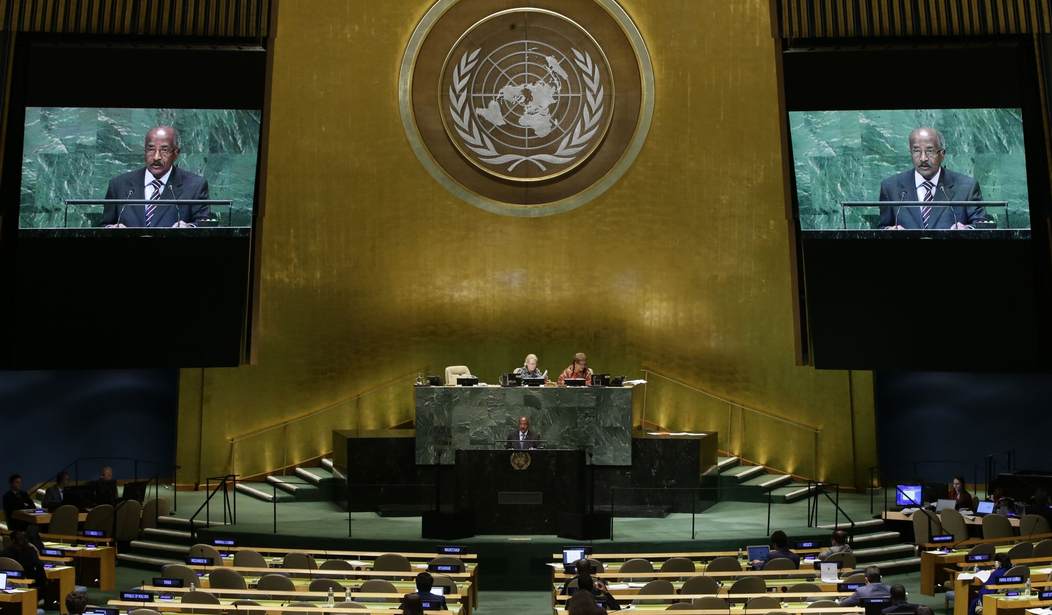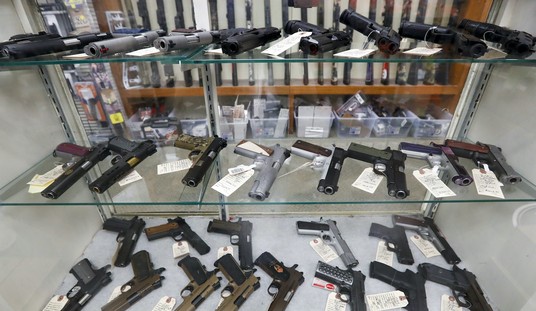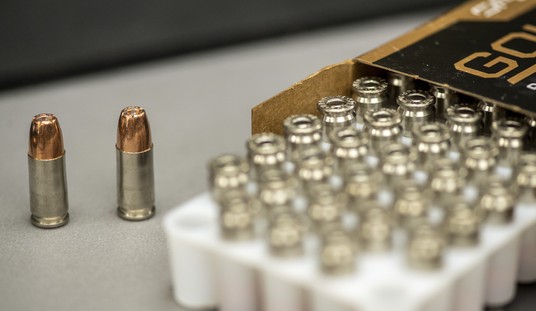I’m not a tinfoil hat kinda guy. However, I do keep a roll of aluminum foil handy just in case of emergencies. To be blunt, whenever I cover something involving the United Nations, I get the willies. And why not? There’s so much they wear on their sleeve that to think their motives are ulterior of what’s being put out there by mainstream media is not all that fanciful. Like poetry, anything with the United Nations deserves a “close read,” and we should be always asking ourselves, “What does that mean?” A recent statement on June 7, 2023 from Director Rachel Rossi of the Office for Access to Justice, paints a troubling picture. Or at a minimum puts down the breadcrumbs leading towards a troubling picture.
The Office for Access to Justice today issued the following statement from Director Rachel Rossi following the adoption of the “Equal Access to Justice for All” resolution at the 32nd Session of United Nations Commission on Crime Prevention and Criminal Justice (CCPCJ) in Vienna, Austria:
“The Office for Access to Justice is pleased to have played a role in the recent adoption by consensus of the first UN-CCPCJ resolution on access to justice. This resolution recognizes that when access to justice is limited or restricted in criminal justice systems, the rule of law is undermined. The resolution emphasizes the importance of United Nations Member States taking ‘all necessary steps to provide fair, transparent, effective, non-discriminatory and accountable services that promote access to justice for all;’ notes the importance of cross-sectoral and multi-stakeholder partnerships; promotes efforts that reduce inequities in justice systems; and requests that the United Nations Office on Drugs and Crime hold a first-ever convening of experts on enhancing equal access to justice for all. The adoption of this resolution is a significant step forward, as it establishes goals that reflect the same work and mission our Office has undertaken here in the United States.”
What’s the big deal? The United Nations Commission on Crime Prevention and Criminal Justice wants everyone to have fair access to services and promotes equity in justice systems. The problem with this is how are these terms and alleged “goals” defined?
Trying to peg exactly what these one world order elitists are getting at is not easy. The United Nations put out their own press item on this topic and it too leaves some holes on defining everything being discussed.
The thirty-second session of the CCPCJ featured a thematic discussion on the topic of “Enhancing the functioning of the criminal justice system to ensure access to justice and to realize a safe and secure society”. The discussion delved into the challenges and promising practices on a range of related issues, such as enhancing the integrity and efficiency of the criminal justice system as well as its preventive role and inclusivity. Participants also underscored the need for the criminal justice system to be victim-centered.
The thematic discussion was complemented by a workshop organized by the Institutes of the UN Crime Prevention and Criminal Justice Programme Network (PNI) on the same topic, informing participants of the lessons learned by the criminal justice practitioners and policy makers around the world.
The session adopted five resolutions covering action against trafficking in persons; reducing reoffending; equal access to justice for all; counter-terrorism, and contributions of the CCPCJ to the 2030 Agenda.
Coincidently, the 2030 Agenda rang a bell in my memory and has created this sidebar. The last time I heard the year 2030 discussed on any global scale was when the World Economic Forum noted in a presentation and now deleted article, that in 2030 “You’ll own nothing. And you’ll be happy.” Part of the 2030 Agenda seeks the reduction of “illicit financial and arms flows, strengthen the recovery and return of stolen assets and combat all forms of organized crime.” Arms flows remains undefined.
More specifically in the United Nations news piece on the topic, the commission highlighted notes from some of the “side events.”
Close to 110 side events were held on topics including trafficking in persons and smuggling of migrants; victim-centered policies; mainstreaming a gender perspective in crime prevention and criminal justice; all forms of violence against children; youth crime prevention; crimes that affect the environment; equal access to justice; cybercrime; alternatives to incarceration and reducing reoffending. The side events were held alongside 14 exhibitions, showcasing multi-pronged efforts on enhancing crime prevention and criminal justice efforts.
There’s plenty to pick apart, but for our purposes, we’ll focus on asking the question: what would be “enhancing crime prevention and criminal justice efforts”?
The unedited revised resolution does not give many more answers, but perhaps raises more eyebrows. I urge readers to read the resolution – and all the cited documents – on your own in their entireties. You’ll be able to grasp the potential implications of what’s being discussed; without the voters, or elected representatives, of the United States weighing in on our stake in the game.
Recalling Sustainable Development Goal 16 to promote peaceful and inclusive societies for sustainable development, provide access to justice for all and build effective, accountable and inclusive institutions at all levels, and bearing in mind that the 2030 Agenda, inter alia, envisaged a world of universal respect for human rights and human dignity, the rule of law, justice, equality and non-discrimination,
Recognizing the importance of providing technical assistance and capacity building, upon request, to Member States, in particular developing countries, to support their efforts in crime prevention and criminal justice, including in the area of access to justice,
More undefined gibberish like having a world that respects “the rule of law” and the providing of “technical assistance” to Member States.
All of these questions raised revolve around potentially shady motives that involve arms. If the United Nations defines all of these little bits and pieces of policy to be infringed upon if there’s an armed populace, clearly they’d be against firearms.
If we’re going to own nothing by 2030, with the presentation saying we’ll simply rent whatever it is we want, I find it doubtful that we’ll be getting weapons delivered by drone when we decide we want or need them.
The documents never defined “arms flows” reductions. If they’re seeking to reduce the flow of arms, one could deduce that means stopping not only the smuggling of firearms illicitly, but also the otherwise legal sale of firearms. Are they including arms flows under the illicit adjective?
What happens when the United Nations says that in order for them to enhance “crime prevention and criminal justice efforts,” the private ownership of firearms needs to cease? Would that tie into “the rule of law” that they’re seeking respect of?
And finally, when the topic of providing “technical assistance” to Member States was raised, does this mean jackbooted blue helmets marching in the streets of formerly sovereign nations – the United States of America – in order to execute a sweeping roundup of privately owned arms?
“Pish posh” could be said to all of this. However, let’s remember that the United Nations already has been gunning for our guns, demanding a registry of all privately held firearms in the world.
I’m not saying the United Nations is trying to create a New World Order, or is going to be the enforcement arm of an elitist cabal. I am saying that some of what got brought up as “their” concerns, concerns me, and reading the veiled language, again – like poetry, a very dystopian picture can be developed. Further, the agendas outlined within these initiatives goes beyond just my concerns on what that means for private arms ownership, but you’ll have to explore the documents yourself, as many “interesting” things included are not within the scope of a Bearing Arms opinion piece.
Unfortunately everything points to 2030. Another seven years to find out. Will 2030 come and pass quietly, much like the hysterics of what was potentially going to happen on Y2K? Or will this piece be deleted from the internet and archives, readers having faint memories of liberty and freedom – with the blue helmets leaving behind an army of empty American gun safes?








Join the conversation as a VIP Member